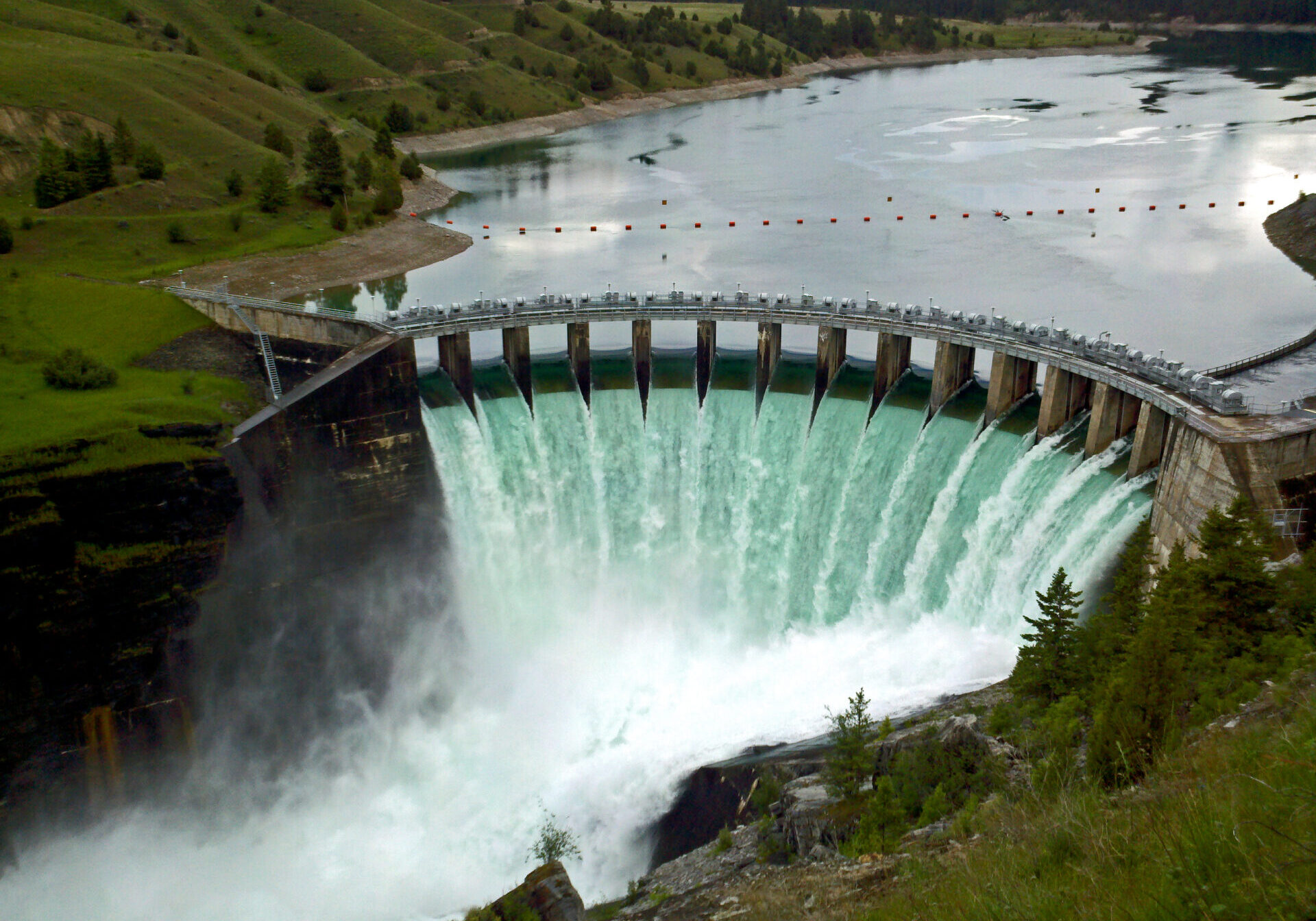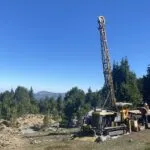Montana Senators Request Long-Term Solution for Flathead Lake Water Level Management
Daines and Sheehy ask DOI to develop permanent framework to avoid annual emergency waivers during drought conditions
By Staff Writer
Aug 5, 2025
HELENA — U.S. Senators Steve Daines and Tim Sheehy sent a letter Monday to the Department of Interior requesting a long-term solution to manage Flathead Lake water levels during drought conditions without requiring annual emergency federal waivers.
The senators’ letter addresses ongoing challenges at Montana’s largest natural freshwater lake, where drought conditions have created conflicts between federal environmental regulations and community water management needs.
The Drought Challenge
“We are writing regarding ongoing challenges at Flathead Lake in northwestern Montana,” the senators wrote to Interior Secretary Doug Burgum. “Over the last several years, we have seen unseasonably warm conditions that have resulted in accelerated runoff in the northern reaches of the Flathead basin. Decreased inflows into the lake have precipitated lower lake levels, adversely affecting environmental and economic conditions for residents and visitors alike.”
Flathead Lake’s water levels are controlled by the Séliš Ksanka Qlispé (SKQ) Dam, formerly known as Kerr Dam, which has been owned and operated by the Confederated Salish and Kootenai Tribes since 2015. The dam, built in 1938, raised the natural lake level by 10 feet and generates about $9 million in annual revenue for the tribes through hydroelectric power production.
Federal Flow Requirements Create Dilemma
The core issue stems from federally mandated minimum instream flow requirements below the dam. These regulations require the tribes to release specific amounts of water downstream to protect fish habitat and maintain ecosystem health in the Flathead River, regardless of drought conditions affecting the lake.
During drought years, this creates a regulatory squeeze: less water flows into Flathead Lake from upstream sources, but the dam must continue releasing mandated amounts downstream. The result is rapidly dropping lake levels that threaten recreation, property values, irrigation, and the tribes’ hydroelectric revenue.
Emergency Relief Granted
The Department of Interior responded to the crisis by granting a temporary modification of the minimum flow requirements from the SKQ Project. Combined with increased precipitation in July, this emergency measure “helped avoid catastrophically low lake levels,” according to the senators.
“I appreciate your responsiveness and decisiveness toward granting a temporary modification from minimum instream flow requirements,” the senators wrote.
Seeking Permanent Framework
Rather than continuing to rely on annual emergency waivers, Daines and Sheehy are requesting a permanent solution that balances competing interests without requiring bureaucratic crisis management each drought year.
“Given the drought conditions over the last few years, I urge you to identify a path forward that does not depend on granting annual emergency authorities to maintain sufficient lake levels for the local communities that call Flathead Lake home,” they wrote.
The senators described Flathead Lake as “one of the crown jewels of Montana,” emphasizing its importance for recreation and the regional economy.
“The lake supports abundant recreational opportunities and is essential to the area’s economy,” they wrote. “Consistent and predictable lake levels catalyze significant revenue for the region, benefit downstream irrigation users, and generate reliable, affordable hydroelectric power.”
Balancing Multiple Interests
The senators requested that Interior collaborate with stakeholders to develop a solution meeting several criteria:
- Maintaining hydropower production and economic development
- Complying with statutory requirements and legal obligations
- Respecting property rights
- Promoting outdoor recreation
- Gaining support from local communities
- Minimizing future conflicts
The letter also references President Trump’s Executive Order 14154 on “Unleashing American Energy” as a consideration in developing solutions.
Dam’s Tribal Ownership and Operation
The SKQ Dam represents a significant example of tribal energy sovereignty. The Confederated Salish and Kootenai Tribes purchased the facility from NorthWestern Energy in 2015 for $18.2 million through their energy company, Energy Keepers Inc.
The dam has an installed capacity of 208 megawatts and provides power for approximately 147,000 homes. Its operation within the Flathead Indian Reservation boundaries demonstrates how tribal nations manage major infrastructure while navigating complex federal environmental regulations.
Looking Forward
The senators’ request comes as Montana continues experiencing drought conditions affecting water resources statewide. Multiple rivers across the state have faced fishing restrictions and closures this summer due to low flows and high temperatures.
“We recognize the diverse set of stakeholders and statutory requirements that help determine outflows,” the senators acknowledged in their letter.
The Department of Interior has not yet responded publicly to the senators’ request for developing a long-term solution to the annual water level management challenges at Flathead Lake.
Categories: Energy, Environment, Politics
Don’t miss the week’s top Montana stories
Join readers across Montana who rely on WMN for independent reporting.
Unsubscribe anytime. Want to support WMN? Upgrade for $4/month →





